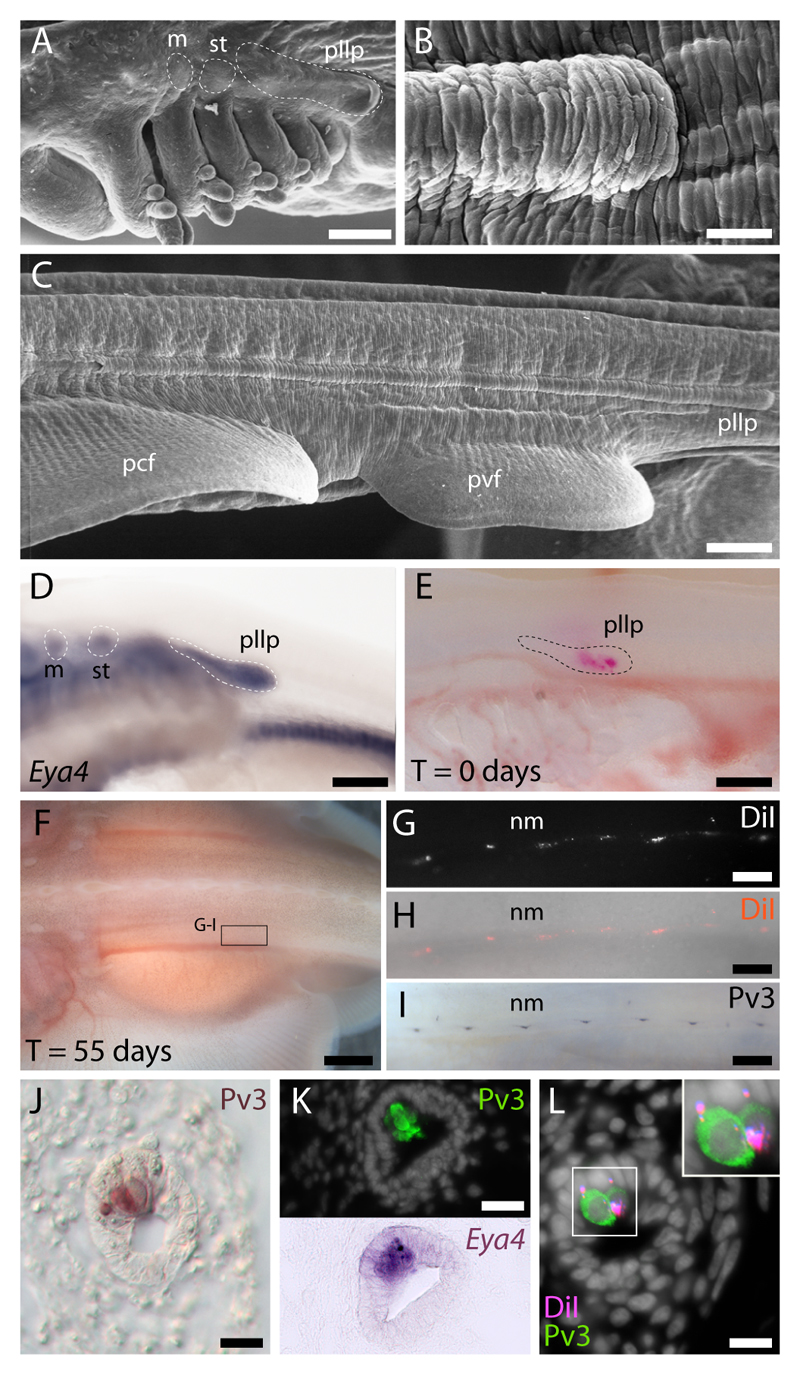Fig. 3. Lateral line placodal origin of both sensory receptor cells and support cells in skate trunk neuromasts.
(A) The skate posterior lateral line placode is recognizable as an elongated ectodermal thickening dorsal to the pharyngeal arches. (B) This placode elongates caudally along the entire length of the trunk, forming (C) a distinct ridge in the epidermis. (D) The posterior lateral line placode expresses the transcription co-factor gene Eya4. (E) L. erinacea embryos in which the posterior lateral line placode was labelled with DiI show (F-H) DiI-positive cells organized in a pattern that recapitulates the normal distribution of (I) parvalbumin-3 (Pv3)-positive trunk mechanosensory neuromasts. (J) Immunohistochemical localization of Pv3 in trunk neuromasts reveals small clusters of sensory hair cells nested among non-sensory support cells; (K) these sensory hair cells also express Eya4. (L) The presence of DiI in trunk neuromast Pv3-positive sensory hair cells as well as in non-sensory support cells confirms the posterior lateral line placodal origin of these cell types in L. erinacea. m, middle lateral line placode; pcf, pectoral fin; pvf, pelvic fin; st, supratemporal lateral line placode; nm, neuromast; pllp, posterior lateral line placode. Scale bars: A,C-E: 250 µm; B: 100 µm; F: 5 mm; G-I: 500 µm; J-L: 10 µm.

